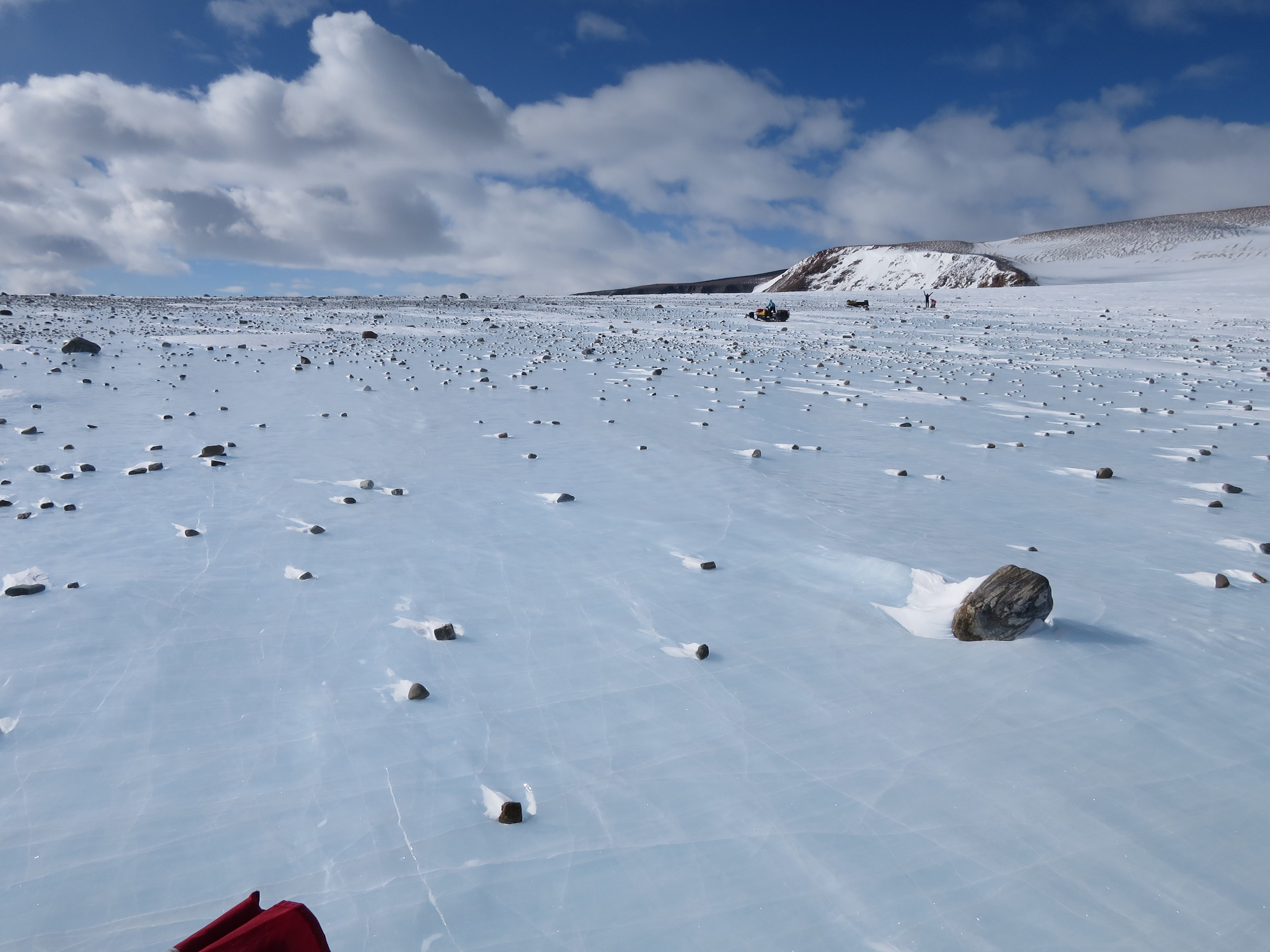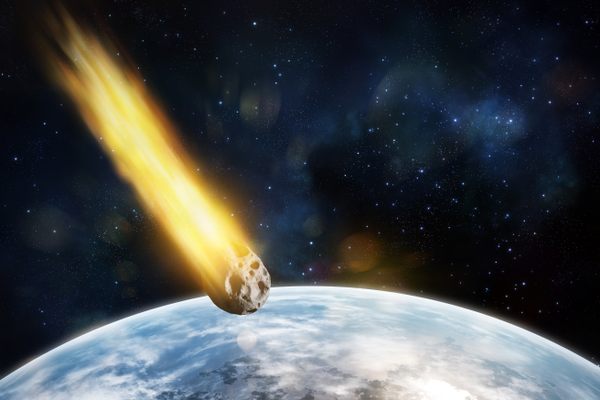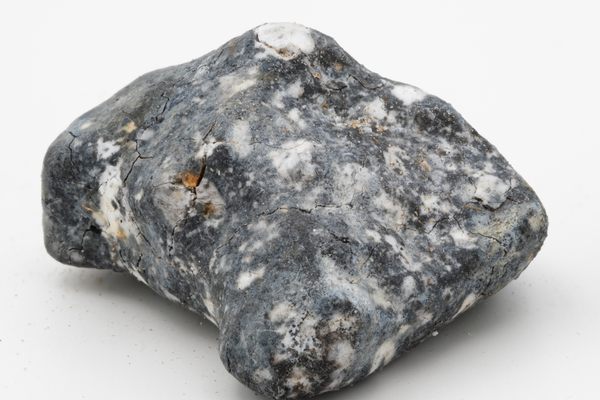Found: Fungus in NASA’s Clean Rooms
Meteorites, meet Penicillium.

Many scientists place a high premium on surfaces that go way beyond squeaky clean. If you’re scrutinizing ancient DNA or the composition of a meteorite, for instance, you want to be absolutely sure that a jumble of recent genetic material or landlubbing organisms haven’t found a way in and scuttled the data.
That’s why NASA routinely evaluates its clean rooms, which are designed to store samples while limiting contamination. Thoroughly sealing any facility against anything and everything is a tall order. But at the very least, it’s helpful for researchers to know what they’re up against so they can look out for anything that could potentially skew data and, if left unchecked, lead them to misleading conclusions.
A recent sweep of one of the clean room facilities at NASA’s Johnson Space Center (JSC) in Houston, Texas, turned up a smattering of fungi. Somewhere between 83 percent and 97 percent of the microbes at the meteorite lab were fungus, particularly from the genus Penicillium ascomycetous.

The geomicrobiologist Aaron Regberg of JSC swabbed the floor, table, and other crannies of the lab, where NASA scientists study meteorites that dropped from the sky over Antarctica. Compared with other clean rooms, the meteorite lab is already on the less-sparkling end of the spectrum, “so this study may provide us with a ‘worst case’ for biological cleanliness in our labs,” wrote Regberg and collaborators in a report presented at the 2018 Lunar and Planetary Science Conference.
The fungus is worth flagging for a few reasons, notes Science’s Adam Mann: For one thing, fungi has no trouble penetrating samples—and once it has breached them and branched out, it can potentially alter their chemical composition. Regberg explained to Mann that some fungi also produce amino acids that are rare on Earth but common on carbon-rich extraterrestrial material—which could introduce some uncertainty about what originated where.
The little microbial census comes before the lab receives samples from an asteroid, Mars, and elsewhere, Newsweek reports. All the better to button it up as much as possible beforehand.










Follow us on Twitter to get the latest on the world's hidden wonders.
Like us on Facebook to get the latest on the world's hidden wonders.
Follow us on Twitter Like us on Facebook